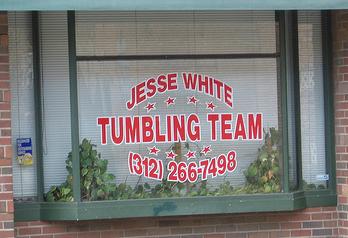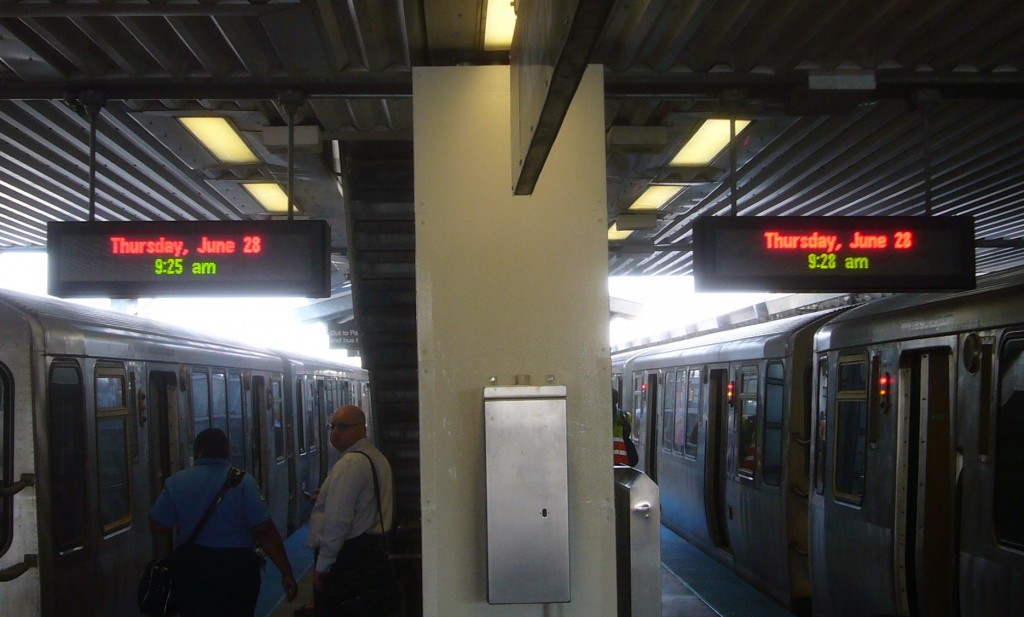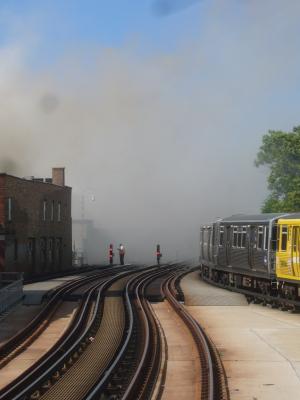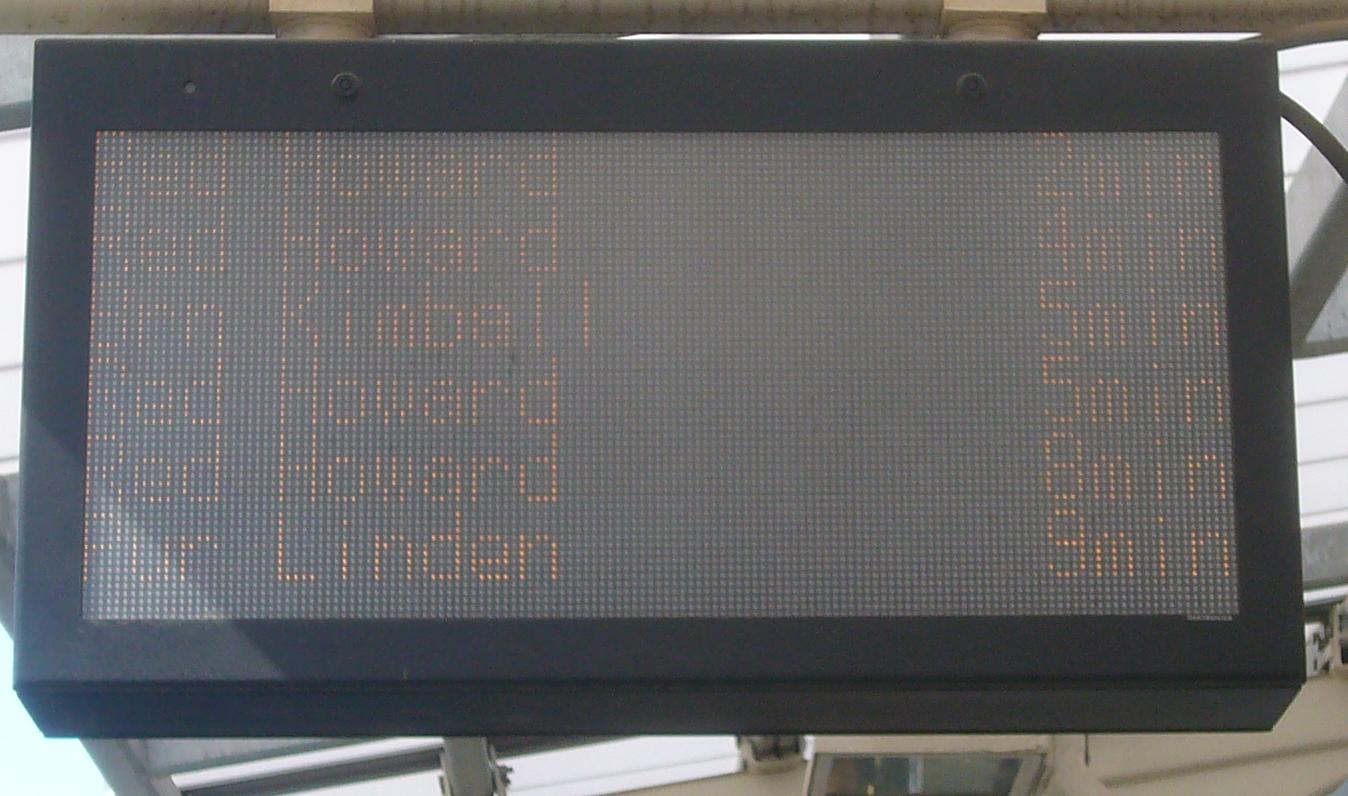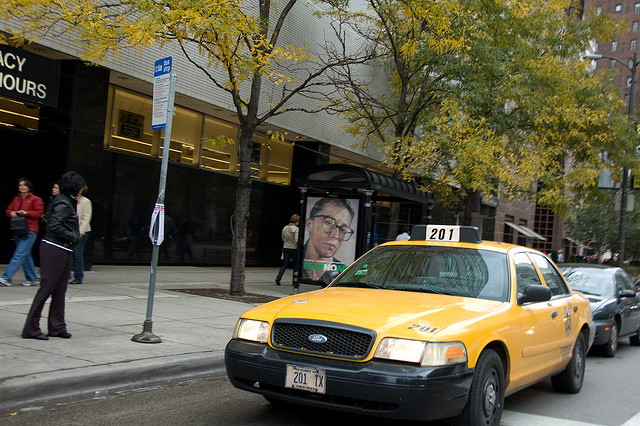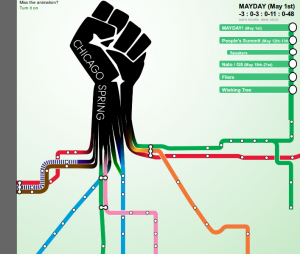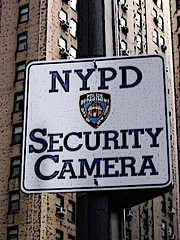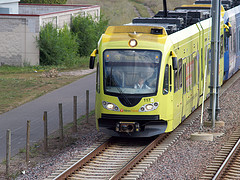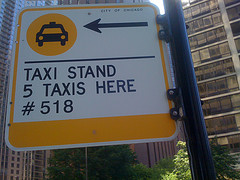
Earlier this week the Tribune carried a pretty good report on Chicago’s Uber vs. cab situation. Altho many of us transit-dependent mundanes may have missed the story, it seems that people who can afford cabs can also afford smartphones (or can text using dumb phones), and many of them prefer Uber as a way to get service without having to speak with a person. You can choose a taxi at regular taxi rates (but with a minimum 20% “gratuity” that the driver splits with Uber and the credit card processor), or a classier vehicle for considerably higher cost. I am surprised that folks pay such high rates to avoid dealing with traditional taxi companies. A few years ago I learned that, for those who pre-book and travel more than about ten miles, limousine service is likely to be much cheaper (even for a person traveling alone) than a conventional taxi; I suspect this is still the case.
Naturally, owners of medallions (and existing dispatch services) don’t particularly like this idea, so both sides are trying to improve their service to entice more customers have hired lobbyists to “persuade” the investment banker/politician who holds the Mayoralty to throw things their way.
I guess I’m surprised too that medallion prices are holding at high levels (most recent median price $345,000, up from $260,000 about a year before, based on data compiled by Chicago Dispatcher). Whether this is really an open market, or perhaps subject to manipulation by major owners, or another symptom of financial repression, I have no knowledge.
Of course Uber’s pickup zone doesn’t encompass the entire city of Chicago, missing much of the south side, but it does extend service beyond the City boundary into some relatively affluent suburbs.
